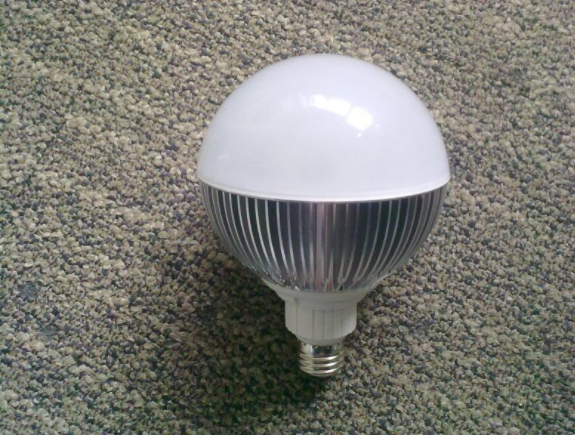What is the principle of LED bulbs?
2019-09-25 23:08:47
Principle of LED Bulbs: LED bulbs have LED chips. The LED chip consists of two kinds of semiconductors. When the two semiconductors are connected, a P-N junction is formed between them. When a current is applied to the chip through the wire, the electrons are pushed toward the P region where the electrons recombine with the holes and then emit energy in the form of photons.
LED bulbs are mainly composed of a lamp head, a constant current driving power source, a heat sink, an LED light board and a bulb cover. The lampshade is made of Zhiguang LED optical lampshade, the light transmittance is up to 95%, the illumination uniformity is good, and the eye is not irritating. The outer casing of the luminaire is extruded with aluminum profiles for superior heat dissipation and thermal conductivity.
The structure of LED bulbs is relatively complicated with incandescent lamps. It is basically divided into light source, drive circuit and heat sink. These parts can work together to create LED bulbs with low energy consumption, long life, high luminous efficiency and environmental protection.
Turn left | turn right

Extended data
The difference between LED bulbs and ordinary bulbs:
1, the temperature is different
Ordinary bulbs work at a temperature of 80-120 ° C, while LED bulbs use a professionally designed heat sink structure, the normal working temperature is only 40-60 ° C.
2, different environmental protection
When the ordinary light bulb is working, it will generate a large amount of infrared and ultraviolet radiation, and the inside of the light bulb is filled with inert gas, and mercury and other harmful gases and substances are polluted during the production process and after use, and the LED bulb lamp has no radiation at all. There is also no filling gas, and the environment will not cause adverse effects.
3, different service life
The life of a normal light bulb is 1000 hours (calculated for 4 hours per day), while the life of an LED bulb is 50,000 hours (calculated 24 hours a day).






